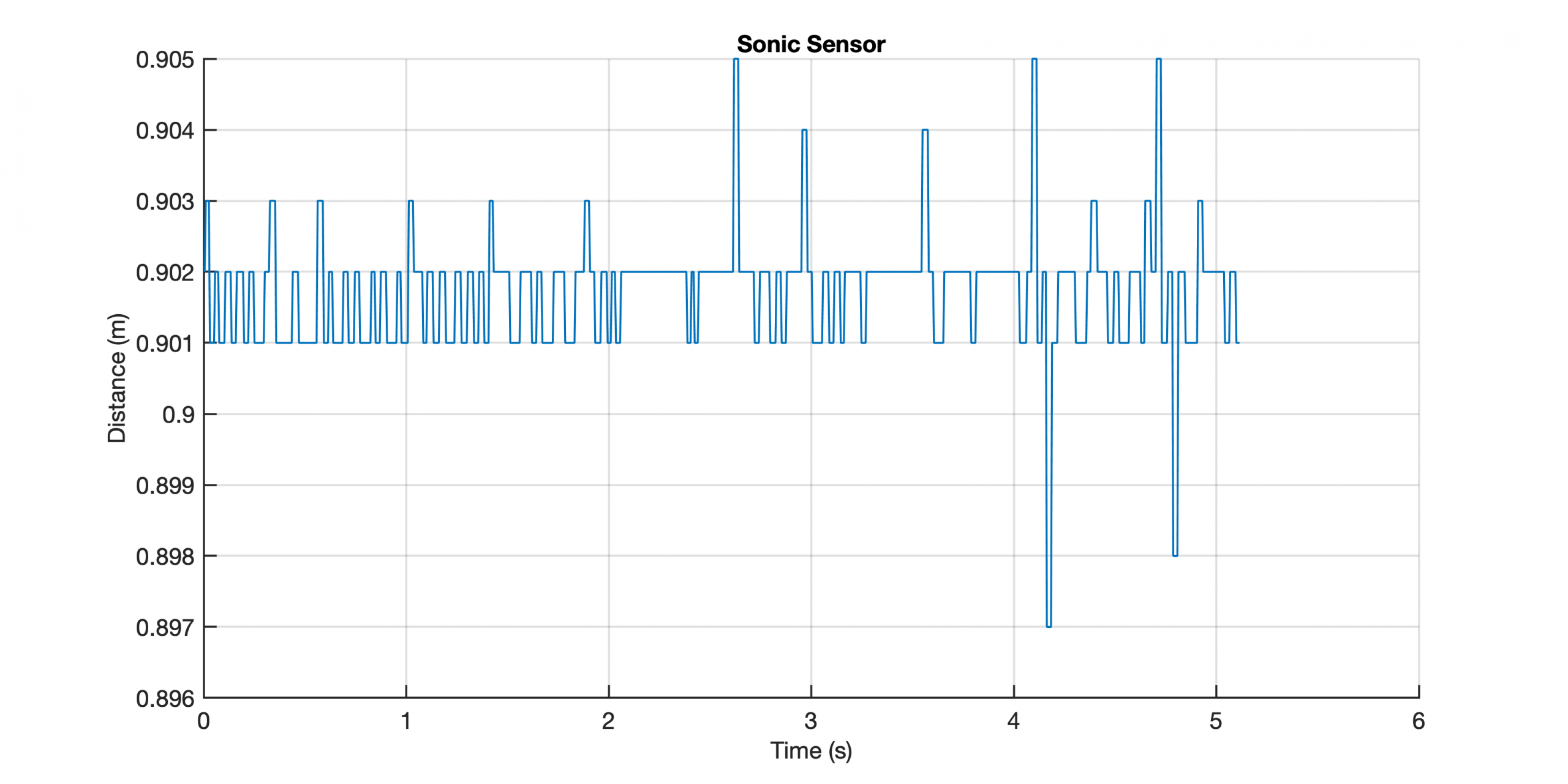 Exercise_Precision_accuracy_of_sensor_3
Exercise_Precision_accuracy_of_sensor_3
This exercise is intended to help students to understand the difference between accuracy and precision by means of performing multiple measures of distances by using the LEGO MINDSTORMS EV3 Ultrasonic. In addition, the students should understand in which data format the measurements are recorded, stored and transfered between the sensor and the computer. Continue reading “MATLAB/LEGO MINDSTORMS Exercise #10 Precision and Accuracy of Ultrasonic Sensors”






